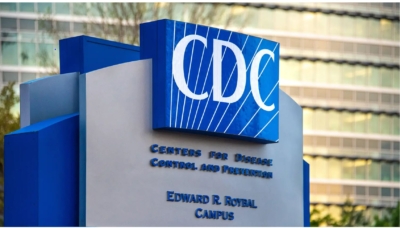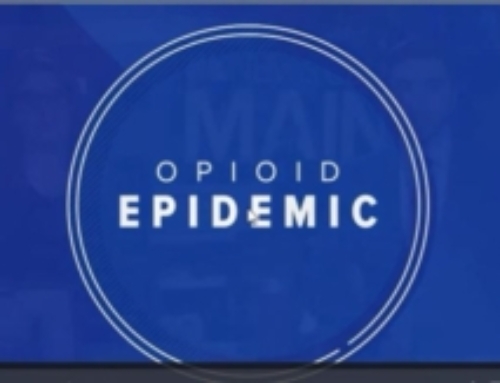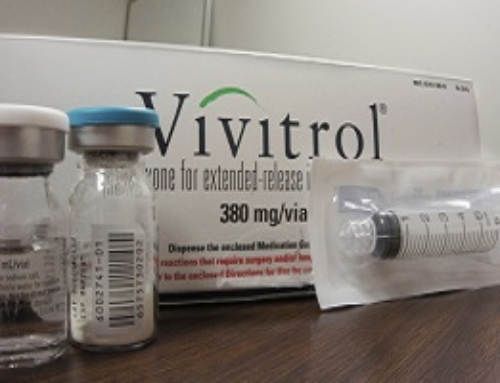by November 18, 2022
Additional steps are needed to calibrate opioid access and undo harm
Before the CDC suffered a loss of trust over its handling of the COVID-19 pandemic, the agency had fumbled its response to the overdose crisis. Under its leadership, overdose deaths have continued to spiral, as people living with pain have lost access to vital medications.
One of its key missteps was the formulation and implementation of its 2016 prescribing guideline for chronic pain. On November 3 this year, the agency took partial corrective action, revising its approach that contributed to so many harms to people with pain.
In its update, the 2022 Clinical Practice Guideline for Prescribing Opioids for Pain, the CDC emphasizes flexibility in pain pharmacotherapy. It also rejects controversial dose and duration limits that had been widely misinterpreted by policymakers. For this welcome change to have meaning, however, the CDC must work proactively with regulators to rescind harmful policies that resulted from its prior guideline.
What Went Wrong in 2016?
Recommendations in the 2016 CDC opioid guideline included concrete thresholds related to opioid dosing and the number of days opioids should be prescribed for acute pain. Regulators, eager for a ready solution to the overdose crisis, adopted these thresholds as one-size-fits-all laws and mandates.
The uptick was fast and far-reaching. State and federal lawmakers, quality metric agencies, pharmacy benefit plans, state medical boards, and the Drug Enforcement Agency, among others, embraced the thresholds, which had a chilling effect on providers. Patients who’d been placed on opioids were transformed into liabilities. Far too many lost access to care, creating “opioid refugees” with nowhere to turn. Nearly half of primary care providers, according to studies, will refuse to take on such patients.








Leave A Comment